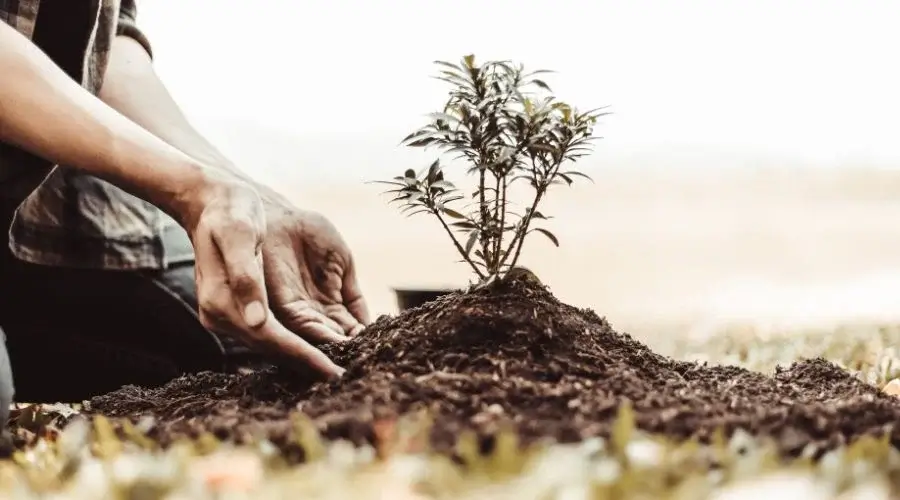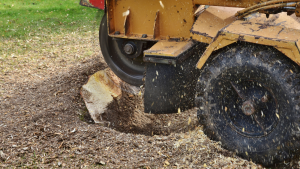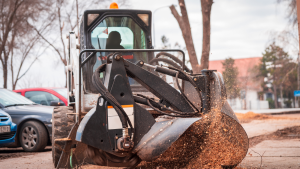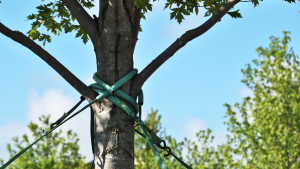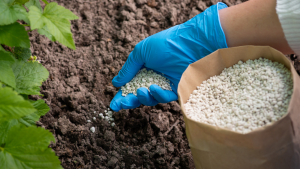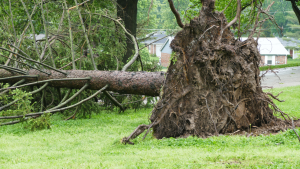Planting a tree is an act of both environmental stewardship and personal investment. It offers numerous benefits, from providing shade and enhancing aesthetics to supporting wildlife and improving air quality. To ensure the health and vitality of your tree, it’s crucial to plant it at the right time. In this article, we’ll discuss the best time to plant a tree and the factors that influence this decision. Call Joliet Tree Service today for more information on what trees to plant in your yard.
1. Fall: A Prime Planting Season
Fall is widely considered the best time to plant a tree for several compelling reasons:
- Soil Conditions: In many regions, soil is still warm from the summer heat but retains moisture from recent rainfall. This combination creates optimal conditions for root growth.
- Cooler Temperatures: Cooler air temperatures reduce stress on the tree as it establishes its roots. There is also less risk of extreme heat damaging the young tree.
- Reduced Watering Needs: Fall planting reduces the need for frequent watering because the tree can tap into the moist soil. This conserves water and minimizes maintenance efforts.
2. Spring: A Secondary Option
Spring is the second-best time to plant a tree. Here’s why it’s a viable choice:
- Active Growth: Spring offers favorable conditions for the tree to establish itself quickly. The tree benefits from the increasing daylight and warming temperatures.
- Consistent Moisture: Spring usually brings consistent rainfall, providing the tree with the water it needs to thrive. However, you may still need to water the tree during dry spells.
- Availability of Nursery Stock: Nurseries often have a wide selection of tree species and sizes available in the spring, making it a convenient time to shop for trees.
3. Late Winter: A Localized Option
In regions with mild winters, late winter can also be a suitable time to plant trees, provided that the ground is not frozen. This period typically falls between late February and early March. However, it’s essential to avoid planting during freezing temperatures or when the ground is saturated with snow or ice.
Factors Influencing Planting Time
When determining the best time to plant a tree, consider the following factors:
- Climate: Local climate conditions play a significant role in choosing the ideal planting time. Consider the average last frost date in the spring and the first frost date in the fall.
- Tree Type: Different tree species have varying preferences for planting times. Research the specific requirements of the tree you plan to plant.
- Soil Conditions: Ensure that the soil is workable, well-drained, and not overly compacted. A soil test can help you understand your soil’s pH and nutrient levels.
- Watering Availability: Plant your tree when the area is expected to receive regular rainfall or when you can provide sufficient irrigation if necessary.
- Local Regulations: Check for any local regulations or permits related to tree planting in your area.
Choosing the best time to plant a tree is crucial for its long-term health and success. While fall is generally the optimal planting season, spring is also suitable, and late winter can work in specific regions. Regardless of the season, proper preparation and care are essential for the tree’s survival and growth. When in doubt, consult with a local nursery or arborist to ensure your tree gets the best start possible in its new home. Planting a tree is an investment in the future, and thoughtful timing will help your tree flourish for years to come.
